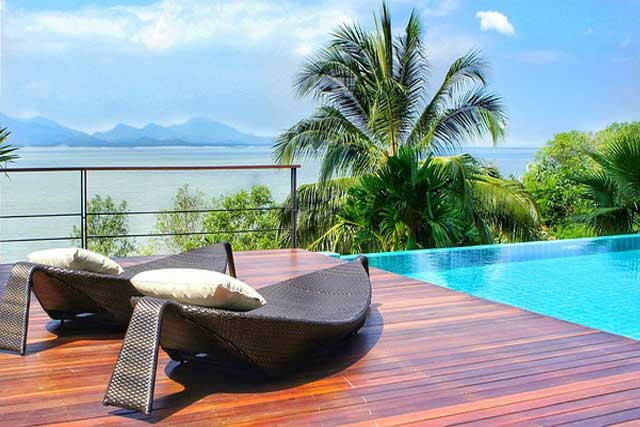Part 3: Hard landscaping
3. Types of surfaces
When you design a garden you must choose a surface for every area of the garden, it could be lawn, water, planting or a hard landscaping surface for paths or seating areas. Hard landscaped, or ‘built surfaces’ include un-bonded surfaces, sealed surfaces and unit surfaces.
Resin bonded surfaces are an alternative which offer a softer surface with many colour options as any colour of material can be fixed into the resin.
Unit surface examples:
Do an internet image search (for example Google Images or on Pinterest) for the following styles of garden:
- Cottage garden
- Modern garden
- Japanese garden
- Water garden
- Wildlife garden
Note down which hard landscaping materials are being used in each style.
You will see that some materials have a particular style and are used repeatedly in this style of garden, for example, gravel and natural stone are very common in Japanese gardens.






